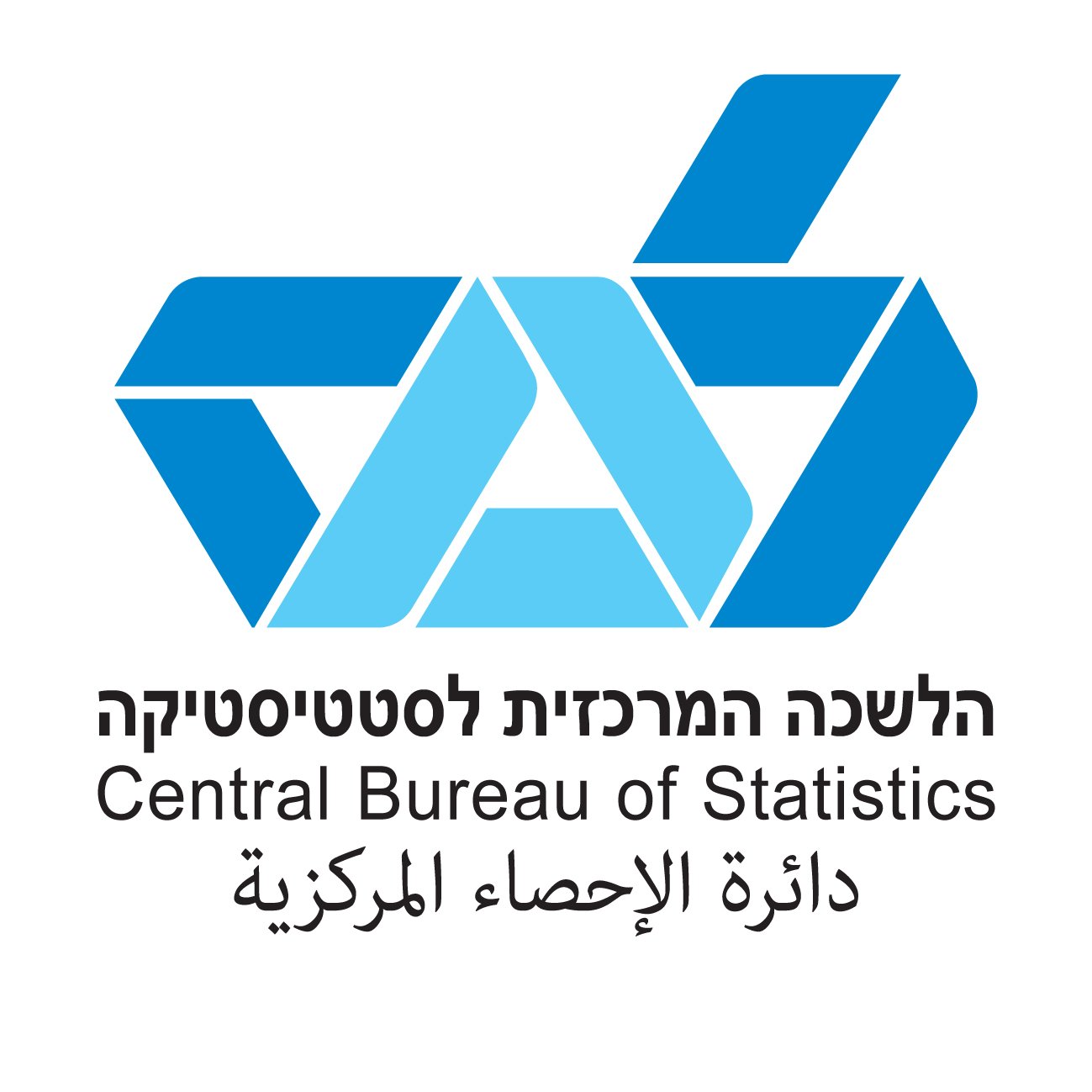Rav Yosef, a Babylonian sage who died in 323, developed this observation into a theological tenet: “Once permission is given to the Destroyer to kill, he does not distinguish between the righteous and the wicked. And not only that, but he begins with the righteous first, as it is stated in the verse (Ezekiel 21:8): “And will cut off from you the righteous and the wicked.” In Bava Kamma (60a) Rav Yosef applied his suggestion to include deaths that occur during a pandemic:
בבא קמא ס,א
תאני רב יוסף מאי דכתיב (שמות יב, כב) ואתם לא תצאו איש מפתח ביתו עד בקר כיון שניתן רשות למשחית אינו מבחין בין צדיקים לרשעים ולא עוד אלא שמתחיל מן הצדיקים תחלה שנאמר (יחזקאל כא, ח) והכרתי ממך צדיק ורשע
Rav Yosef taught a baraita: What is the meaning of that which is written with regard to the plague of the firstborn: “And none of you shall go out of the opening of his house until the morning” (Exodus 12:22)? If the plague was not decreed upon the Jewish people, why were they not permitted to leave their homes? Once permission is granted to the destroyer to kill, it does not distinguish between the righteous and the wicked. And not only that, but it begins with the righteous first, as it is stated in the verse: “And will cut off from you the righteous and the wicked” (Ezekiel 21:8), where mention of the righteous precedes the wicked.
Pandemic Deaths and The Problem of Theodicy
Death does indeed come randomly during a pandemic, and this teaching of Rav Yosef has been cited countless times in rabbinic literature.
Infectious diseases in the Talmudic world were often capricious, just as they are in our own. They might strike children or the elderly, or bypass them entirely and claim the lives of young, healthy adults. While those who were already sick and ailing from other causes were, and are, at an increased risk of death or disability during a pandemic, those who are perfectly healthy might die in a matter of a few hours. If there was no pattern or predictability, how was the talmudic mind to explain it all? “Be assured,” the Book of Proverbs taught, “that the wicked will not go unpunished, but those who are righteous will escape.” (Proverbs 11:21.) Pandemics tested the very notion of God’s divine justice.
The sages explained that natural disasters were not random events (for how could they be?) but were just chastisement for any number of sins. According to the Mishnah in Avot (5:8, 9) famine was the result of failing to tithe properly, attacks from wild animals were a punishment for swearing in vain or profaning God’s holy name, and plagues were the result of sins otherwise punishable by death, but which had not, or could not, be referred to a Jewish court for adjudication. They were the natural result of sin, even if the sin was unknown to others or mysterious even to the sinner. Plagues and pandemics might also be the result of a sin for which there was no court sanction at all; instead, it was left to God to exact the punishment (Yoma 66b).
But this strain of thought in which only the wicked perish in a pandemic was not the only approach taken by the rabbis of the Mishnah and Talmud. Indeed, as soon as this solution to the challenge of theodicy – that all deaths are deserved – had been suggested, it was challenged by everyday observation: bad things do happen to perfectly good people. The sages of Talmud took note of the innocents that lay buried around them and connected their deaths to a verse from Proverbs 13:23. “Some are swept away without justice.” This gave rise to a different approach in which it was no-longer assumed that all those who died in a pandemic were sinners deserving of their punishment. This is the teaching of Rav Yosef on today’s page of Talmud. In this new paradigm, perfectly innocent victims could be “swept away,” because once permission had been granted for the Angel of Death to go about his grim duty, everyone became a legitimate target.
Pandemic Exceptionalism
This statement of Rav Yosef in today’s page of Talmud is the focus of an essay by Rabbi Rabbi Shaul Magid, a professor of Jewish studies who received several orthodox rabbinic ordinations, although he has since moved away from these roots towards a more egalitarian practice of Judaism. His essay appears in an important recent book called Torah in a Time of Plague: Historical and Contemporary Jewish Responses, edited by Erin Leib Smokler, which was awarded the 2021 National Jewish Book Award for Modern Jewish Thought and Experience. Rabbi Magid noted that this passage “resists the notion of collapsing plagues into covenantal categories, whereby we can see them as acts of divine intervention to punish evildoers, Jews or non-Jews. Rather…plagues seem to be arbitrary occurrences.” Magid argues that plagues and pandemics are cases of what he calls a “covenantal exception.” This exception is a crucial theological category, for “without the notion of the arbitrary as extra-covenantal, Judaism becomes vulnerable to making all disasters, even those that equally affect non-Jews, the fault of the Jews, which could easily, and understandably, evoke negative reactions. Plague as the exception thus enables Jews to understand natural disasters outside the paradigm of reward and punishment.”
To support this suggestion, Magid cites the talmudic passage from today’s page of Talmud. In it, the Angel of Death was given permission to kill “Miriam the braider of women’s hair” but instead killed “Miriam the raiser of babies.” Rav Yosef, observes that pandemics do not distinguish between sinners and saints and developed it into a theological tenet: “Once permission is given to the Destroyer to kill, he does not distinguish between the righteous and the wicked.” Pandemic deaths are arbitrary. Magid notes that unlike the response to famine which includes penance, personal reflection is not mentioned in the Talmud as a reaction to pandemic deaths. The Talmud could have offered “a predictable response that would include both physical avoidance and acts geared towards nullification.” But it was silent.
The Problem with Covanental Exception
Magid’s theory of covenantal exception might illuminate the passage in Bava Kamma, but it does not explain numerous other Talmudic references which teach that pandemics are the consequence of community sin or personal religious laxity. And there were other Talmudic sages who remained convinced that there could be no innocent victims before God. According to Rabbi Hanina (Hullin 7b) “a person injures his finger on earth only if they declare about him on high that he should be injured.” Neither does it explain the many rabbis who, over the fifteen hundred years since the closing of the Talmud, have continued to emphasize the same message: pandemics are caused by sin and may be extinguished by repentance. There was no covenantal exception when the Torah described the deaths of twenty-four thousand people in a plague that punished immorality. There was no covenantal exception in the Mishnah (Avot 5:8) when it taught that plagues were the result of sins punishable by death. And there was no covenantal exception made for the epidemic waves of diphtheria, called askara in the Talmud , that was described as the most painful of all deaths and was the punishment for eating foods that are not kosher and for speaking ill of others.
Magid’s approach is lacking because it does not account for these other cases. However, it uncovers a much larger theme. There has never been a single Jewish response to the problem of theodicy. In some locales, in some books and in some eras, a pandemic was understood to be divine retribution for religious offenses of one sort or another. And in other locales, eras, and books, pandemics were understood to be natural disasters that killed those who were entirely innocent of sin. Magid’s theory of covenantal exception can only explain the latter, and even then, it leaves unanswered the question of why pandemics kill the just and the innocent in a world that is supposed to exist under the watchful protection of a benevolent God.
To read more about pandemic theodicy see my recent essay “Why Pandemics Happen to Good People” published last month on The Lehrhaus, and available here.







